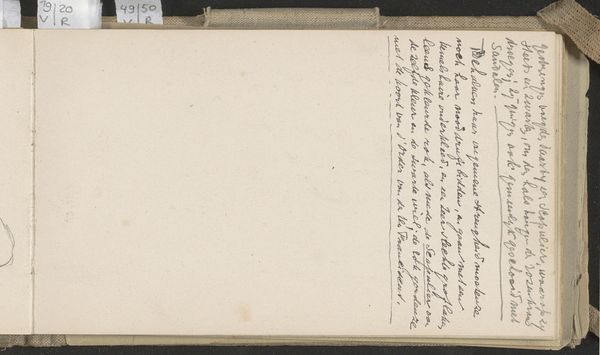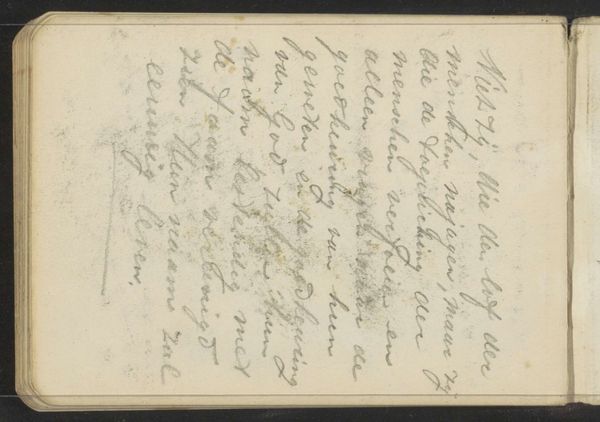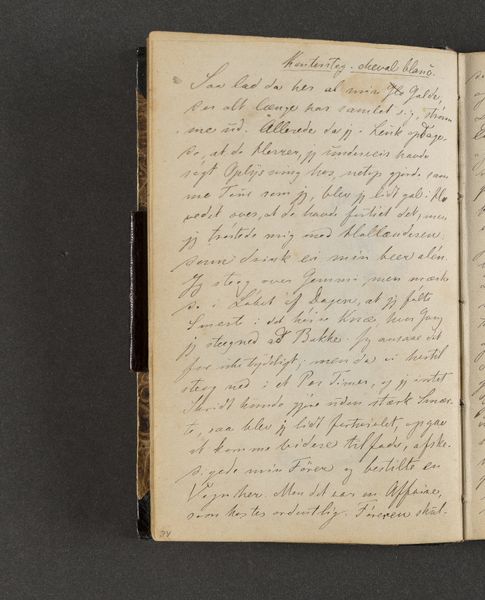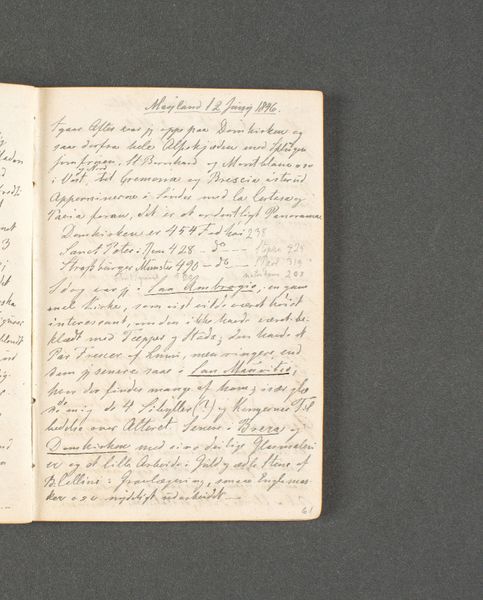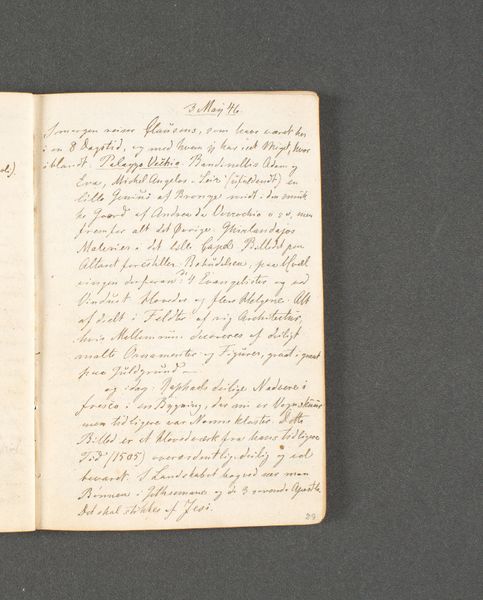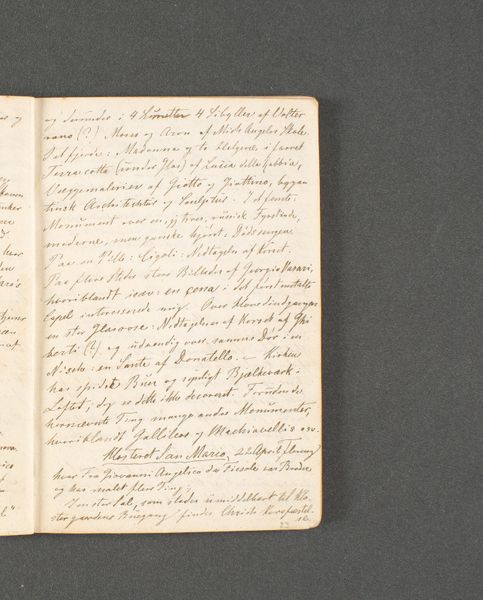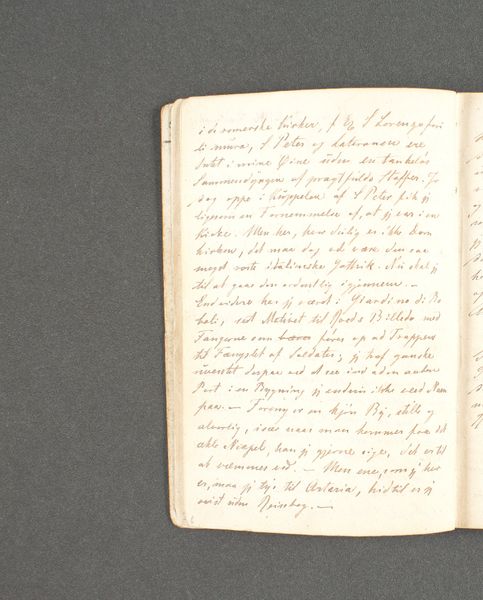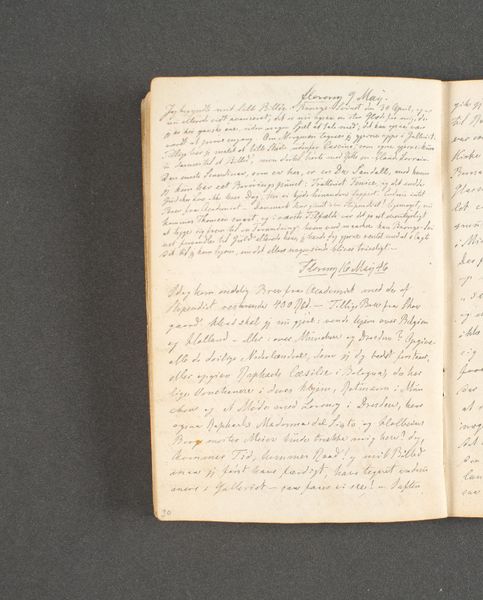
drawing, paper, ink
#
drawing
#
aged paper
#
hand-lettering
#
hand drawn type
#
hand lettering
#
paper
#
personal sketchbook
#
ink
#
intimism
#
fading type
#
stylized text
#
sketchbook drawing
#
sketchbook art
#
small lettering
Copyright: Rijks Museum: Open Domain
Jozef Israëls made this recipe for English-style apricots sometime in the 19th century, possibly in the Netherlands. But what is the public role of a recipe? Why might an artist known for his paintings of working-class people record a method for preserving fruit? This handwritten recipe, with its careful instructions and measurements, speaks to the social conditions that shape artistic production. During the 19th century, culinary knowledge was increasingly formalized and disseminated through cookbooks and domestic science education. Recipes became standardized, reflecting broader trends of industrialization and scientific management. Israëls, as an artist, was likely attuned to these cultural shifts, and his recipe may be seen as a commentary on the changing role of women in the domestic sphere. To better understand this artwork, one might research the history of cookbooks and culinary practices in the Netherlands. What was the role of women in food production and preservation? How did social class influence access to culinary knowledge? By considering these questions, we can appreciate the rich social and institutional context in which this recipe was created.
Comments
No comments
Be the first to comment and join the conversation on the ultimate creative platform.

